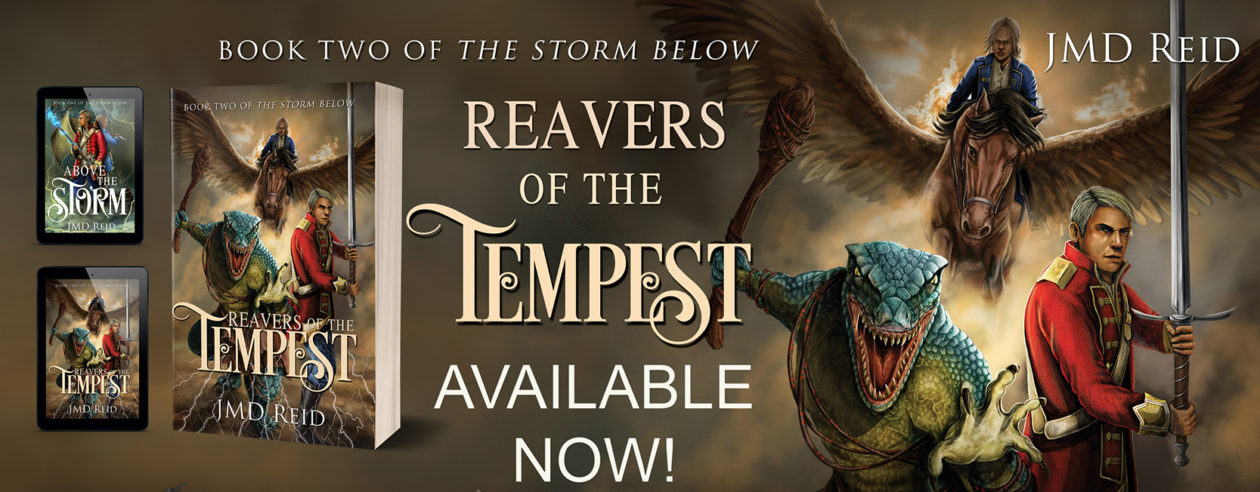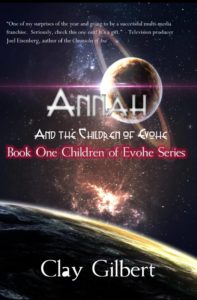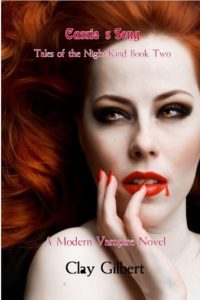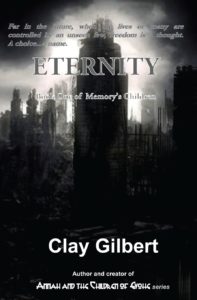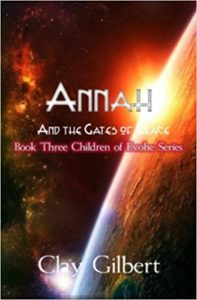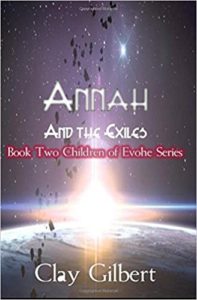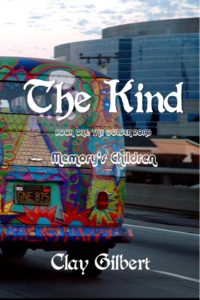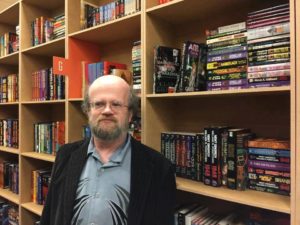 This week, I spoke with Clay again. He’s a prolific indie author writing from SciFi to urban fantasy. Now he’s got a suspense thriller with supernatural overtones coming out called Pearl. We’re going to be getting into this interesting novel today!
This week, I spoke with Clay again. He’s a prolific indie author writing from SciFi to urban fantasy. Now he’s got a suspense thriller with supernatural overtones coming out called Pearl. We’re going to be getting into this interesting novel today!
Check out Pearl on Amazon!
First, let’s get to know Clay with some fun, quirky questions! Part Duex!
- What was your favorite subject in school? English
- What is the most dangerous thing you’ve ever done? Answering interview questions like that one, haha. 😉
- Favorite color? Purple. Royal purple, not that pastel stuff. 😉
- Does pineapple belong on pizza? Absolutely. Love me some Hawaiian pizza.
- If you could travel back in time, why would you do it? I’d like to attend every Grateful Dead show ever, not just the ones I actually saw between 1988 and 1995. Of course, it’d be fun to see some of the historical periods I missed out on, too.
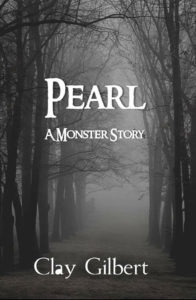 Now let’s get down to brass tacks!
Now let’s get down to brass tacks!
- Where did the idea for Pearl come from? Well, I’ve loved monsters for a long time, particularly the more sympathetic monsters, like King Kong and Frankenstein’s Monster. For years, I’ve thought about writing my own sympathetic monster story, but I wasn’t sure really how to go about it. Eventually I decided that nothing could be more sympathetic than a ‘monster’ who was a child. Many of my novels are written from the perspective of a female protagonist, so, in this case, my little monster was also a little girl.
- What sort of research did you do to bring the story of Pearl to life? I did some research on the history, folklore, and language of the Smoky Mountains, including specific legends involving supernatural creatures, and also the abandoned town of Elkmont, which plays a prominent supporting role in the novel.
- Writing a novel can, at times, feel like a chore. Did this novel ever make you want to rip your hair out, or did it flow smoothly from imagination to typed words? The initial composition of the book was smooth, but the editing process was unusually rigorous. This book is set more in the here and now than many of my novels, which are often set far in the future or on other worlds. This book has fantasy elements in it, but the elements which are not fantasy were things—and some real places—I knew people would call me out about if I got too off-base with. I wanted to make sure the fantasy elements were as believable, in their way, as the real-world aspects were. It’s also the first book I’ve written from the perspective of a child, and I wanted her to be as believable on the page as she was in my head. Pearl’s mode of speech was also challenging to handle. Anytime you deal with dialect in a book, particularly in the voice of a person of color, you run the risk of offending people or being accused of stereotyping. Since the book is itself so concerned with marginalization, it was important to me that neither Pearl nor any of the other people in the book come across as caricatures. I intend all my books to speak to the universal experience of being human, and both to acknowledge diversity as well as our commonalities as people, no matter what gender, ethnicity, cultural or educational background we spring from. Thankfully, I had an editor working with me on this book who really helped let me know when I was pulling those challenges off, and when I needed to work on some things. It was a lot of work, and I’m proud of how it turned out.
- Fans of what sort of books would enjoy Pearl? I think this book will appeal to a wide audience. Pearl’s wit, spirit and humor, and her determination to uncover the mystery of her own strange history will appeal to the Harry Potter audience, I think, and there is certainly magic here, too. Fans of 1980s horror, especially Stephen King’s work, will find elements here that echo the particular ethos of that era in horror history. I hope there are some elements of such Steven Spielberg films as E.T. and Poltergeist here, as well as books such as King’s IT and Robert McCammon’s Boy’s Life. It’s one-third coming-of-age drama, one-third horror novel, and one-third fantasy epic.
- Creative writing is opening your soul and exposing yourself. How much of yourself do you think made it into Pearl? A good bit. Matt Chandler, the writer who becomes a father figure to Pearl over time, is a good bit like me. And Pearl, with her childhood involving being treated like an outsider because of the way she was born and how she looks, reflects some of my childhood as well, even if I never outright got called a ‘monster’ like she does. My Christian religious beliefs and much of my personal outlook on the world found their way, I hope, into the book as well. Also, of course, my love of monsters, something I share with, among others, the filmmaker Guillermo del Toro. Fans of his work will enjoy this book, I think.
- What is a good habit for a writer to adopt? Discipline. Put your backside to the seat for a set number of hours every day, set daily word-count goals, and do not allow yourself to back out of them. Also, read a lot.
- Would you like to share a little preview of Pearl with us?
I’m not sure how little this is, but here you go.
* * *
“Run, Pearl. When you get the chance, run. And don’t stop until you’re somewhere safe.”
That’s what Dr. Steve told her to do, and when the chance came, that’s what she did.
Sirens in the dark. Rain all around; on my head, soaking through my hood.
Don’t care. Gotta get away.
And she had. She ran until the sirens were gone and the branches of the thick trees in the woods rose between her and the rain. Mostly, anyway.
And then, Pearl was alone.
In five days, that would be a year ago: a year of white squares colored in on a calendar, like a brightly-hued sidewalk between then and now.
Bright squares on a wall, and peaceful woods, all around.
It was quiet, mostly, here in the woods. Quiet meant no people, and no people meant peace.
Pearl knew some people in the world hated silence; always turning on the TV or punching at their cell phones like they were scared to be alone in their own heads.
Pearl had some thoughts in her head she didn’t like, but she didn’t mind being alone, and she could live with the silence.
She’d lived with worse.
The bad place she left behind was worse: the lab, with all its chains, cold cuffs for her wrists, and the cage they kept her in, like she was a prisoner instead of a girl who’d done nothing but open her eyes one day and take a breath. But the cuffs and chains had stayed the same while Pearl grew and changed, and one morning, soon after her ninth birthday, she found the bonds that were so strong when she was little weren’t so strong anymore, and she broke them, and she was free.
In her first year of freedom, the woods were quiet; a place where Pearl could be alone with her thoughts, and with the animals, and once in a while, read one of the books she’d brought from the bad place with her in her backpack, or color in one of the coloring books she’d brought from there, with crayons from a box she’d found in a dumpster near a store, the first night she was on her own.
Not found; scavenged. She liked that word better.
She’d happened upon the cabin on the third night of that first year, and, after making sure no one else was there, she’d taken a bath in the nearby lake, put on some clean clothes, eaten one of the packs of Pop-Tarts from her backpack, and fallen asleep.
Across from the cabin, Pearl saw something that made her curious: a big house, with three levels. Nobody seemed to be home the night she first arrived in the woods. The cabin was enough for her. Besides, that house looked fancy, and she thought it might have some alarms on it, like the bad place had on its doors, so that if she went too close to it, the police would come running.
I sure ’nuff don’t need that, she’d thought.
* * *
Almost a whole year had gone by since the day she moved into the cabin, and all that time, the big house across the way from it stood empty.
Pearl knew, because she kept a watch on it.
She figured as long as the big house stayed empty, it’d be more likely folks would leave her alone.
Five white squares were left on the calendar before the one she’d circled in green (October 6th, she noted, tracing the circle with her finger). That green circle marked a whole year’s worth of white squares since the day she found the cabin; squares she’d filled in with her crayons, one by one, on the last three pages of one calendar and almost the whole first nine of another.
In all that time, she and the world had passed each other by.
This morning was different.
This morning, Pearl had seen something—something that changed everything.
It was the middle of the day, when the sun was high in the sky. Most times, it was a peaceful part of the day, but not now.
Two big trucks were pulling up the driveway of the big house, where none had ever pulled up before.
Both trucks had the same thing written on them: MYSTERY CREEK MOVING COMPANY.
Pearl knew that meant whoever it was the stuff in those trucks belonged to, they weren’t just coming for a visit. They were planning to stay, and that was something she hadn’t figured on.
* * *
Pearl wasn’t scared of sleeping in the woods alone. As long as all she saw were animals, she’d be just fine. Pearl wasn’t scared of any wild animals. They couldn’t do anything to hurt her.
Neither could men with dogs. They’d tried, too.
Men with guns, that was something different. But for a whole year now, they’d stayed away from her, except in her nightmares. For a year, everyone had stayed away from her. That was how she liked it.
Now all that was changing, in just one day.
Clay Gilbert says he’s always liked stories, and that from the time he knew there were people who told them for a living, that’s what he wanted to do. Clay’s work in various genres has been in print since his first short science fiction story, “The Computer Conspiracy,” was published in Scholastic magazine when he was just thirteen. Clay is the author of the science fiction series Children of Evohe, including the novels Annah and the Children of Evohe, Annah and the Exiles, Annah and the Gates of Grace, and Annah and the Arrow. He is also the author of the YA dystopian novel Eternity, the science fiction novel The Conversationalist: Out of the Blue and its sequel, The Conversationalist: Mission to Mercy Prime, as well as the vampire novel Dark Road to Paradise, and its sequel, Cassie’s Song, all published by Dark Moon Press. He lives and works in Knoxville, TN. His author blog can be found at http://portalsandpathways.wordpress.com/, and the official website for his Children of Evohe novels resides at https://childrenofevohe.com/.
